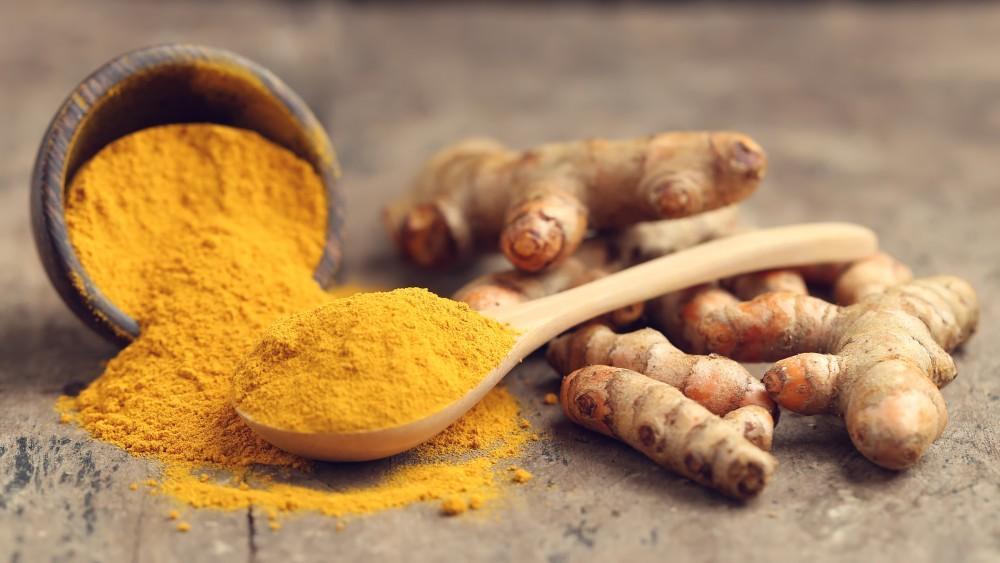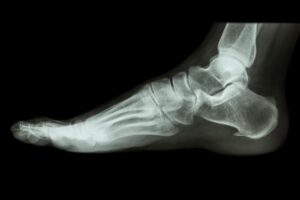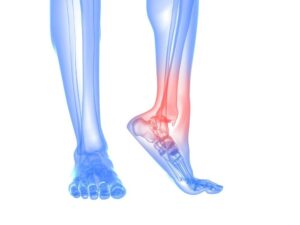The Benefits of Tumeric When You Have Arthritis

If you have arthritis, inflammation, stiffness, and pain in your affected joints can feel like a constant companion. You might even wonder if you’ll need to undergo joint replacement surgery to relieve your symptoms.
Luckily, an innovative and scientifically-backed treatment using a common spice in your cupboard, turmeric, just might provide the relief you need. Ryan Golub, DPM of Arizona Foot Health in Phoenix, Arizona, explains the life-changing benefits you can get from turmeric when you have arthritis.
Understanding arthritis
When you have arthritis, you can experience swelling, stiffness, pain, and a more limited range of motion in your joints. You can get arthritis in your ankles, knees, or any other joint.
Arthritis is a common condition, especially in adults 50 and up, and depending on the type of arthritis you have, your symptoms can range from mild to severe. As arthritis progresses, it can make it difficult for you to do your usual activities and stay active.
Understanding turmeric
Turmeric is a common yellow-colored spice that might already be in your spice rack. It has historically been prescribed for healing in India, where the spice originates, and modern medical research shows turmeric does in fact help treat some conditions.
Curcumin, turmeric’s active ingredient, is what creates the medical benefits of turmeric. Among other healing properties, curcumin blocks enzymes that lead to inflammation.
Turmeric’s benefits for arthritis
Used alongside other treatments for arthritis, turmeric can help reduce inflammation, slow the progression of your arthritis, and limit side effects you might get from other therapies.
Turmeric decreases inflammation
Research shows that curcumin is effective in reducing inflammation, the most common symptom of arthritis. According to other research conducted, the inflammatory benefits from curcumin are higher for patients with arthritis than those from NSAIDs, like ibuprofen.
Turmeric improves your ability to fight disease
Curcumin also helps reduce inflammation through the antioxidant properties it possesses. Antioxidants improve your body’s immune system, which also helps decrease the inflammation and pain present in arthritis.
Turmeric can help slow the progression of arthritis
Arthritis is a chronic condition that is progressive in nature, meaning your symptoms can get worse over time. The reduced inflammation and antioxidant properties shown in curcumin help slow the progression of arthritis, helping you maintain your active lifestyle.
Turmeric has fewer side effects than other treatments
Curcumin has been shown to be safe in potentially large doses for treatment. In one study, osteoarthritis patients taking turmeric had fewer side effects than those taking another medication, while reaping similar benefits from the treatment.
Using turmeric when you have arthritis
Taking turmeric and curcumin can be an effective complementary treatment for arthritis. If you have foot or ankle arthritis, contact Dr. Golub to schedule an assessment before adding turmeric to your treatment routine.
Dr. Golub can ensure you’re using the most effective dose and prescribe curcumin in more effective potencies than the spice, such as through capsules of curcumin. He can also recommend additional minimally invasive treatments, to relieve your inflammation and pain.
If you’re struggling with symptoms related to ankle or foot arthritis and are interested in learning more about turmeric and other treatments for arthritis, make an appointment at Arizona Foot Health online or by calling 602-973-3888 for an evaluation.
You Might Also Enjoy...
The Achilles Heel
Given Arizona’s climate, patients are able to remain active year round. It’s why we all chose to live here. But…
Alleviating Back Pain and Other Benefits of Custom Orthotics You Didn’t Know About
Would you ever imagine that custom foot orthotics could improve your quality of life? That’s what many people say after…
9 Helpful Tips to Prepare Your Home Before Bunion Surgery
When moderate interventions, such as wearing wider shoes or using pads in your shoes, fail to ease your bunion pain…
When Should You Go to the Doctor for an Ingrown Toenail?
In most cases, you can nurse an ingrown toenail at home with over-the-counter pain medication, topical antibiotic creams, and soaking…
6 Home Exercises to Keep Your Ankles Strong
Ankles that feel wobbly and weak are vulnerable to injury. If you play sports, run, jump, or just walk often,…
Is Surgery My Best Option For Treating Bunions?
You have a bunion and it isn’t pretty, but if your bunion is small enough, or doesn’t hurt, you may…






